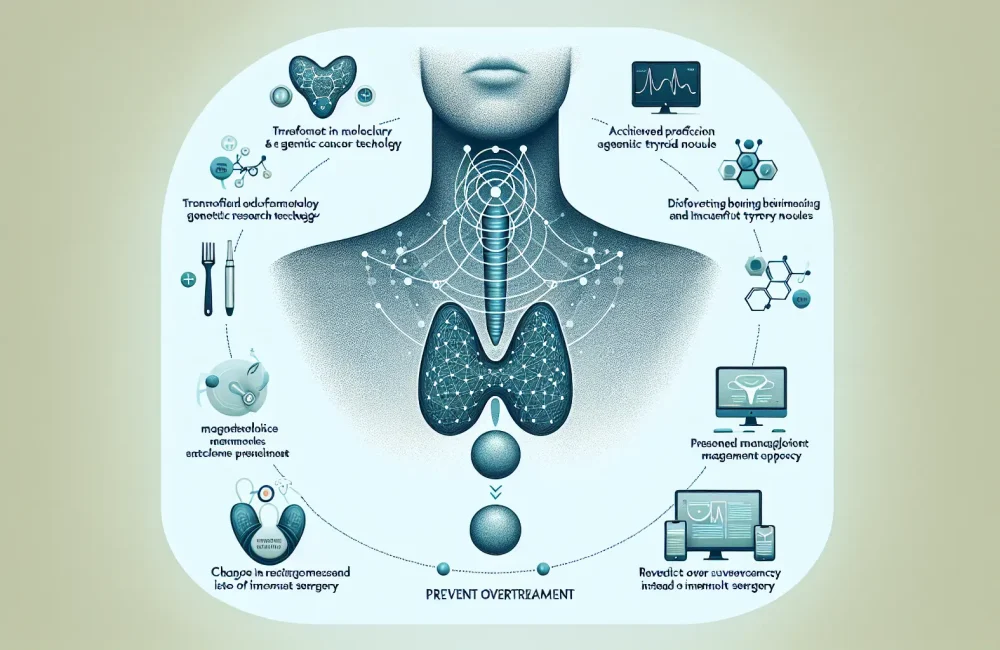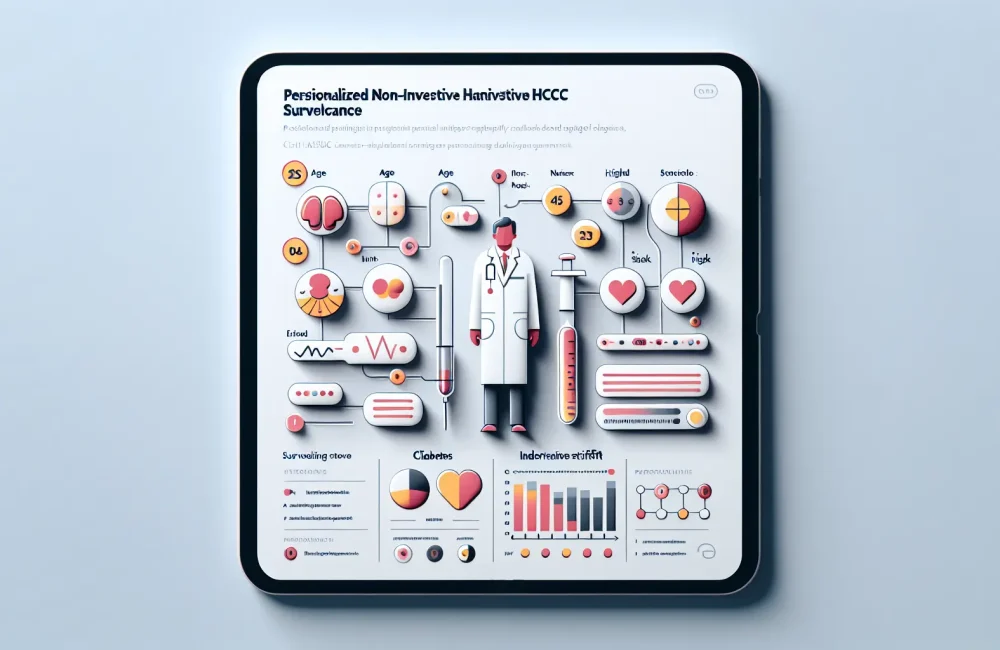By CAFMI AI From JAMA
Diagnostic Accuracy and Clinical Findings
**Diagnostic Accuracy and Clinical Findings:**
This prospective, randomized controlled trial evaluated the effectiveness of microultrasonography (microUS)-guided biopsy compared to the traditional MRI-guided biopsy for prostate cancer diagnosis. The study enrolled 500 patients presenting with elevated prostate-specific antigen (PSA) levels and/or abnormal digital rectal examination findings. Each patient underwent imaging with both MRI and microUS, then was randomly assigned to undergo targeted biopsy guided by one of the two imaging modalities. The primary outcomes focused on cancer detection rates, specifically the identification of clinically significant prostate cancer, procedure-related complications, and patient tolerability.
Results showed that microUS-guided biopsy yielded a cancer detection rate of 45%, while MRI-guided biopsy had a slightly higher rate of 48%. Detection of clinically significant prostate cancer was nearly equivalent, with microUS detecting 38% compared to 40% with MRI. These findings demonstrate that microUS achieves almost the same diagnostic efficacy as the current MRI standard. The ability of microUS to provide high-resolution real-time imaging could play a crucial role in enhancing lesion detection and targeting accuracy, thereby influencing clinical decision-making in prostate cancer diagnosis. This equivalence in diagnostic performance suggests microUS as a viable alternative especially in clinical settings where MRI accessibility or cost is a limitation.
Procedural Advantages and Patient Experience
**Procedural Advantages and Patient Experience:**
In addition to comparable diagnostic performance, microultrasonography-guided biopsy showed procedural benefits over MRI-guided biopsy. Notably, microUS biopsies had shorter procedure times due to the real-time visualization capability which minimizes delays caused by image processing or navigating pre-obtained MRI scans. This efficiency can lead to improved patient throughput in high-demand clinical environments and reduce waiting times for biopsy results.
Patient comfort was reported to be better with microUS-guided biopsies. The less complex procedural setup and reduced time spent in the biopsy session contribute to this improved tolerability. Since prostate biopsy can be a source of anxiety and discomfort, facilitating a less burdensome experience is a valuable clinical consideration. Adverse events such as bleeding, infection, and urinary symptoms were minimal and similar between both groups, indicating that neither technique imposes additional patient risk.
These procedural attributes may affect patient willingness to undergo biopsy and influence adherence to recommended diagnostic pathways. For healthcare providers, reducing procedure length can optimize workflow efficiency without compromising diagnostic accuracy.
Clinical Implications and Future Directions
**Clinical Implications and Future Directions:**
The study’s outcomes have clear implications for primary care providers, urologists, and radiologists involved in prostate cancer diagnosis. The comparable accuracy between microUS and MRI-guided biopsies underscores the potential for microUS to expand access to high-quality prostate cancer diagnostics, especially in healthcare settings facing MRI availability constraints or longer wait times. It also presents a cost-effective alternative that may reduce the financial burden on both patients and healthcare systems.
From a clinical workflow perspective, incorporating microUS would require training healthcare professionals in the use of this relatively new imaging modality and adjusting diagnostic protocols accordingly. The rapid, real-time imaging capabilities can enhance targeted biopsy accuracy and streamline the diagnostic process, thereby supporting timely treatment decisions.
Clinicians should remain aware of the equivalence in cancer detection while considering patient-specific factors such as MRI contraindications, local resource availability, and patient preference. Additionally, more extensive studies and long-term follow-ups are warranted to confirm the reproducibility of these findings and to explore integration with emerging diagnostic tools. Patient counseling should emphasize the safety profile and procedural benefits of microUS, reassuring patients about the reliability of this alternative to MRI-guided biopsy. Ultimately, this evidence encourages the adaptation of microultrasonography into routine prostate cancer diagnostic workflows, optimizing both clinical outcomes and healthcare resource utilization.
Read The Original Publication Here






